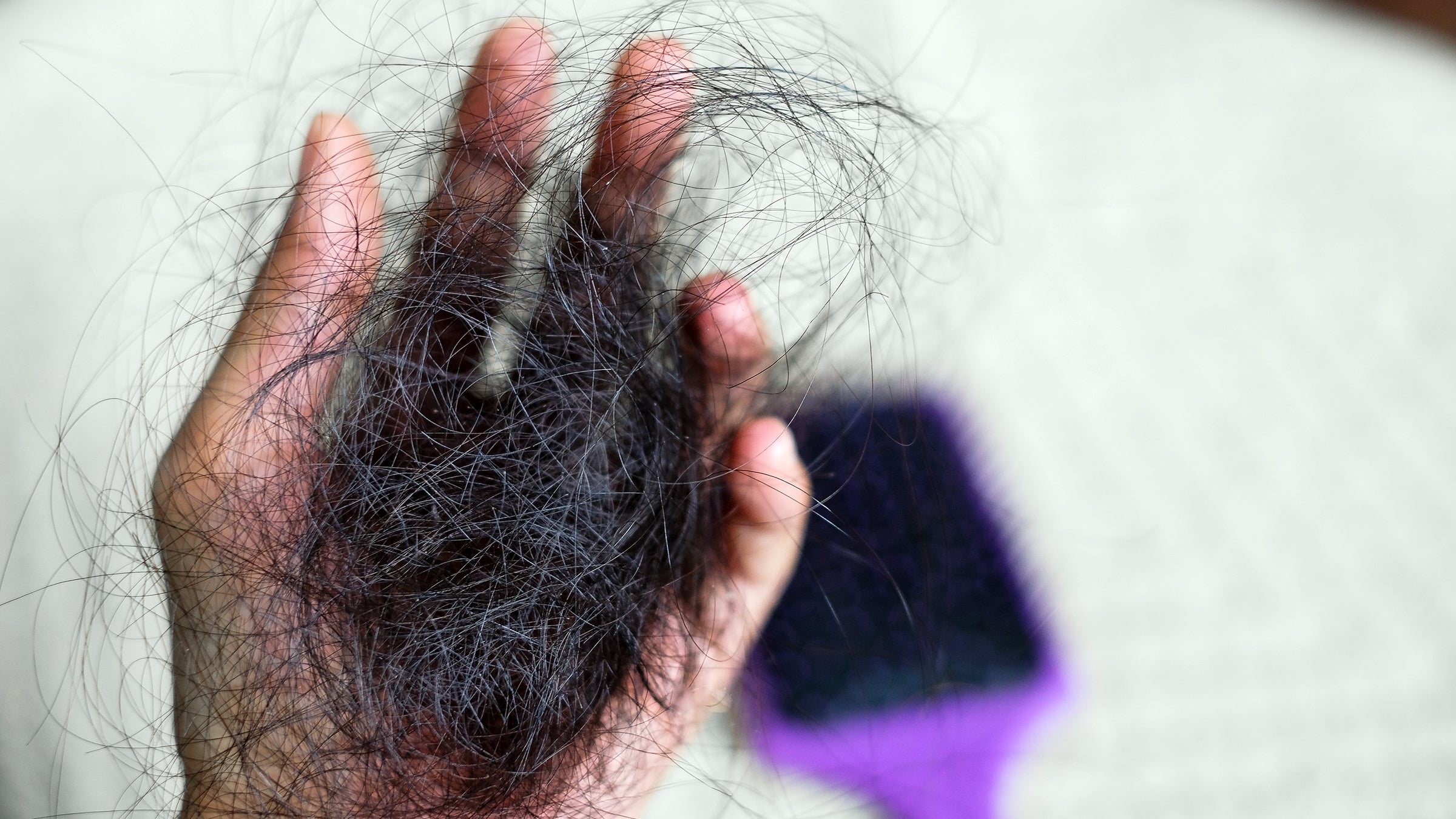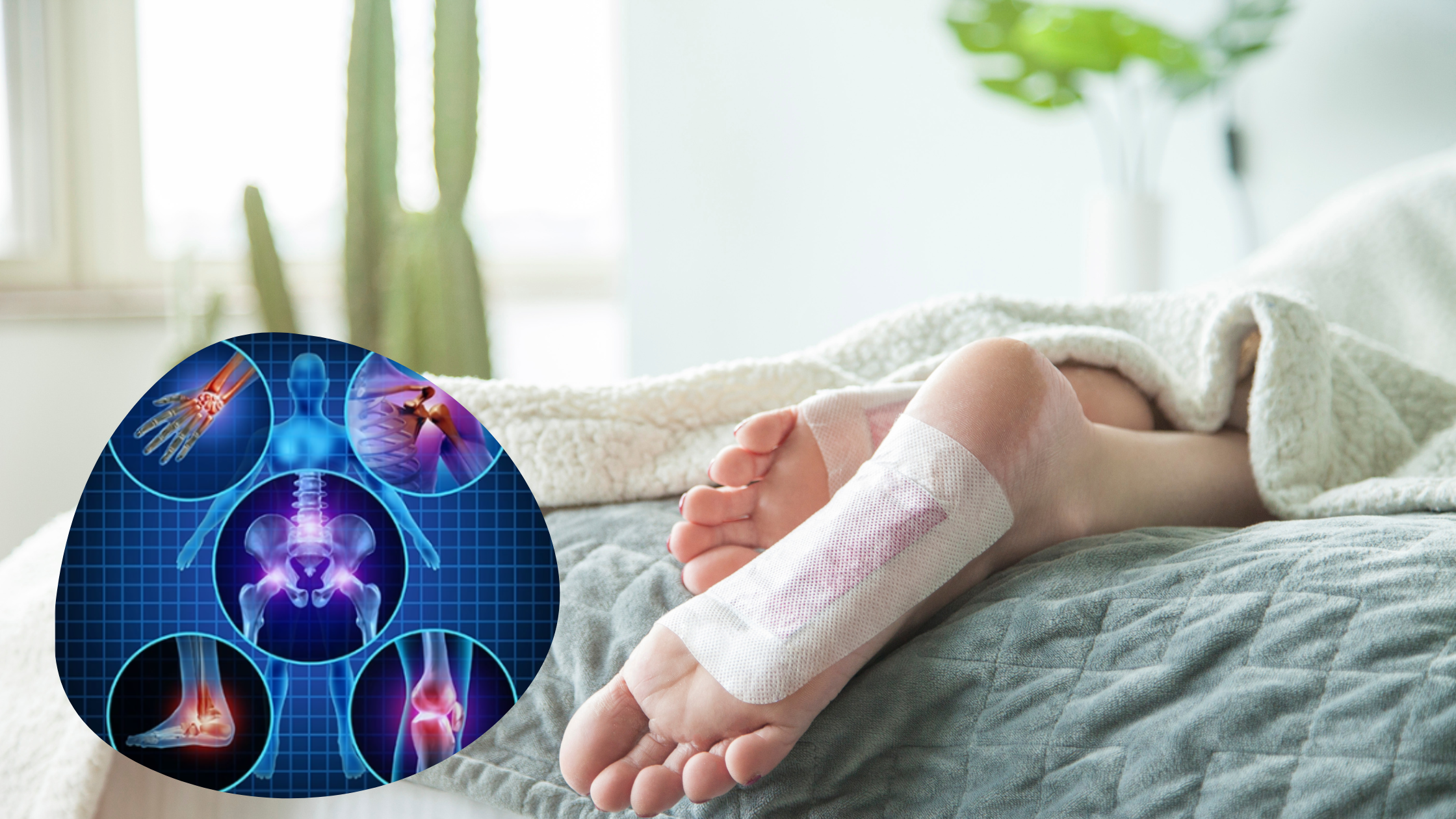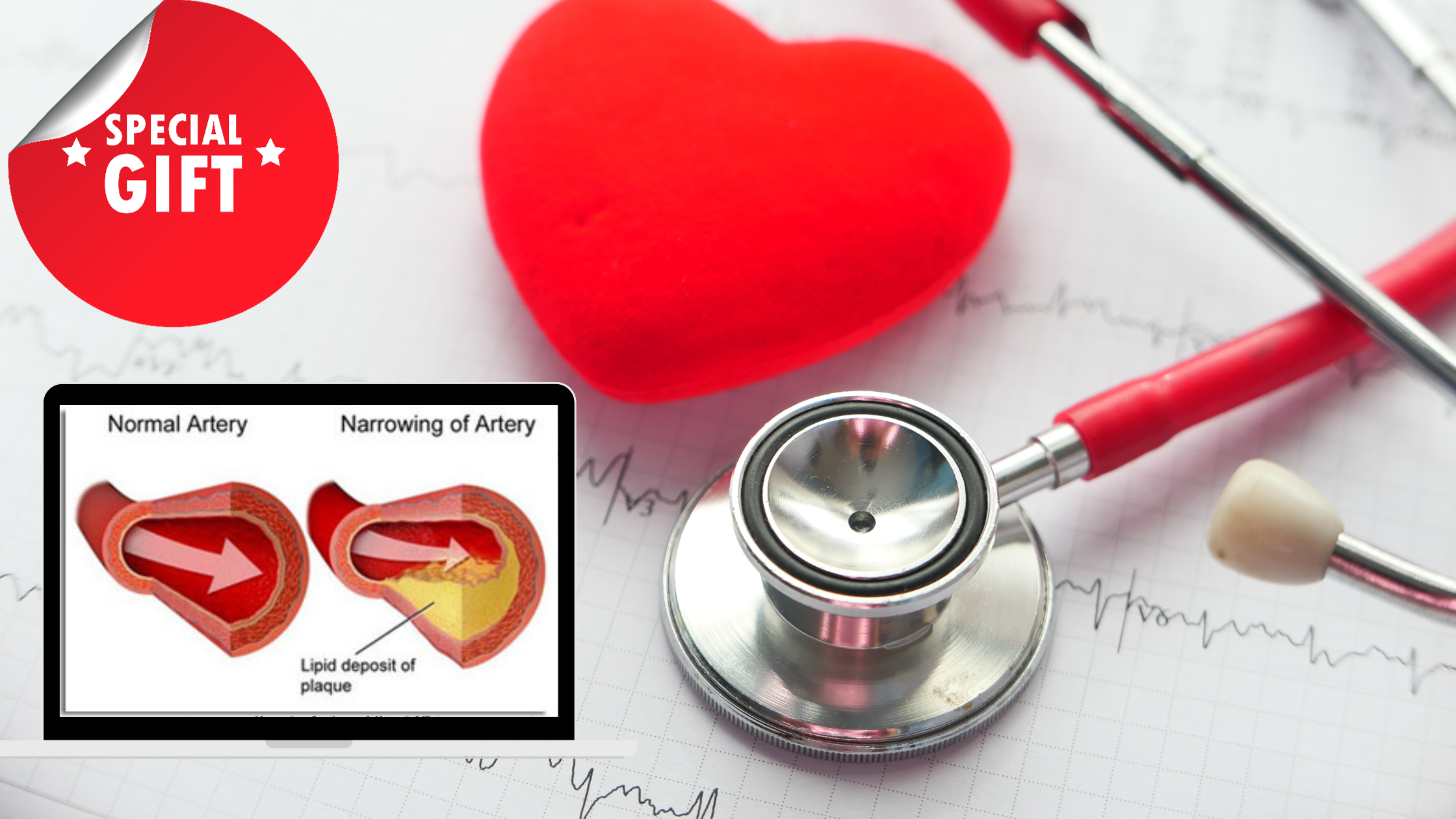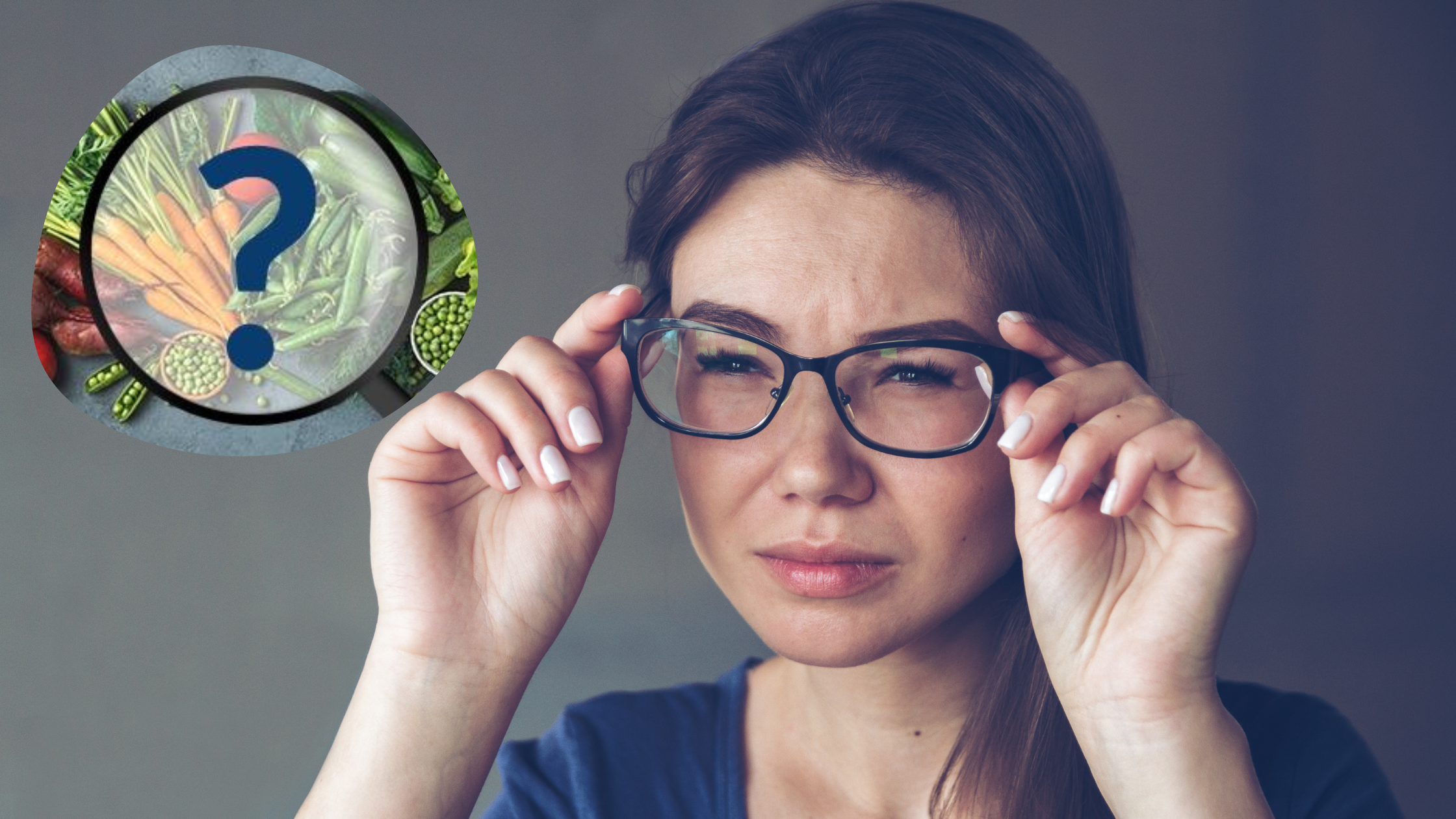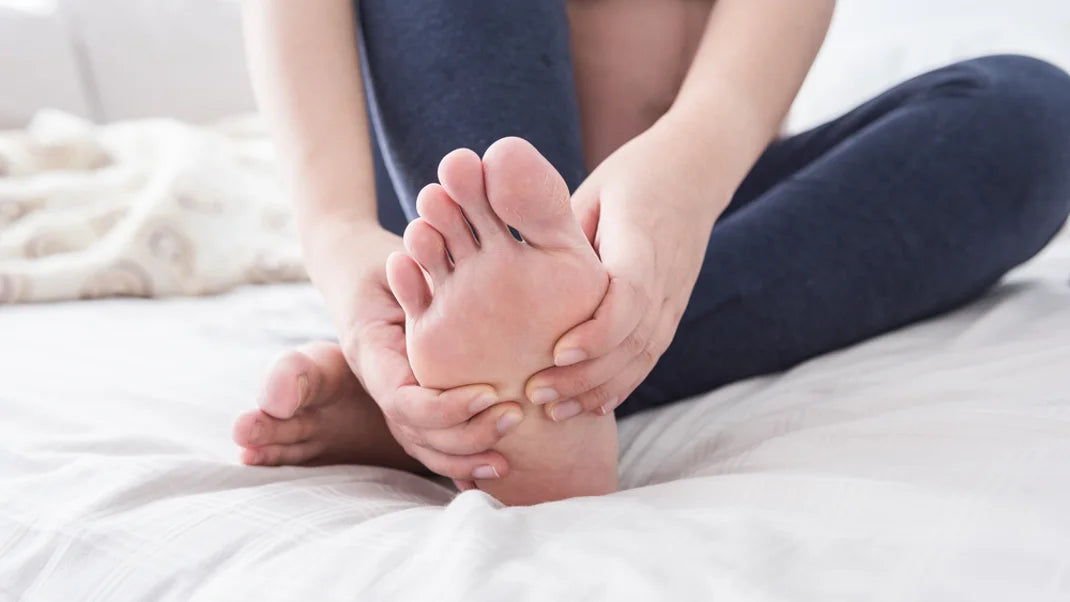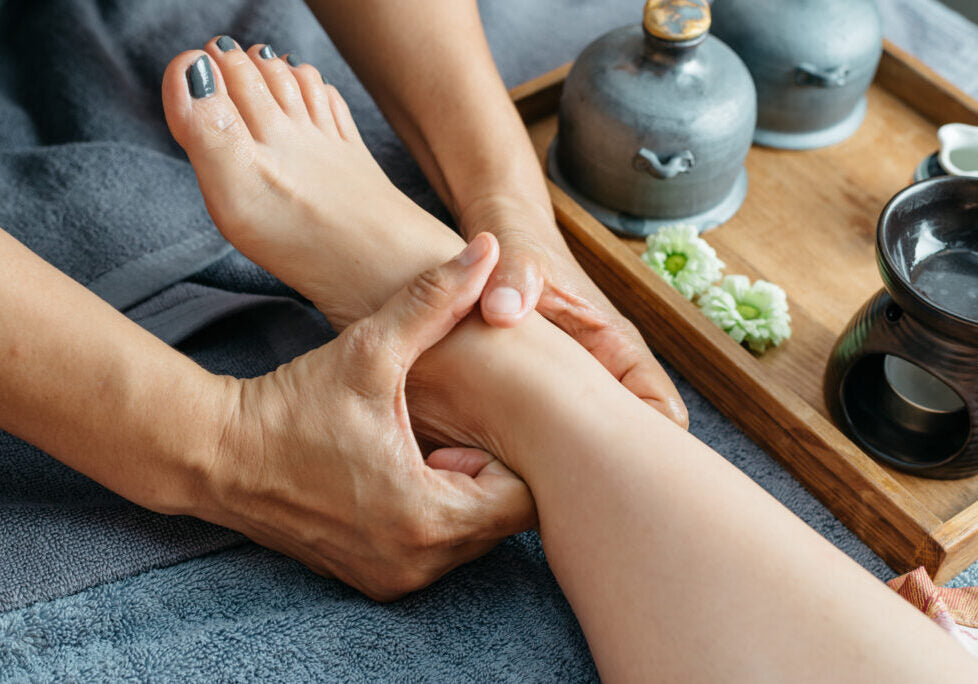Did you know that there’s a type of tea that helps prevent hair loss?
It’s also proven to help balance your metabolism...
I guarantee you have some in your cupboard right now...
Not only does it reduce insulin resistance...
But it also stops the hormone in your body that causes hair loss
It doesn’t matter if you’re a man or a woman -- this hormone affects everyone!
And if you’ve been shocked at how much hair is left on your brush recently…
I urge you to act now.
Discover how to “balance” this hair-loss hormone naturally
The 4 Hair Loss Triggers
(And What To Do About Them)
So, before we go through each of these 4 hair loss triggers, this is what you want to note down:
First, it is common for you to have symptoms of more than one.
Second, it’s also common to progress from one trigger to another.
And it’s for that reason you want to make sure you listen to each of the triggers fully.
Hair Loss Trigger #1:
Hyperinsulemia Hair Loss Trigger
The first hair loss trigger is the most common one. It’s called the Hyperinsulinemia Hair Loss Hair Trigger.
It shows up differently for men and women.
For men it shows up as Male Pattern Baldness. Hair loss is mainly on
…the front hairline and temples…
…around the crown…
…on the top...
…or on the top AND the front of the head.
For women, it is less obvious. Unless you’re a woman who has it.
Women suffering with this trigger:
…experience hair loss and thinning mostly on the top of their head…
…their hair part is getting wider over time…
…and in some cases, there is a receding hairline on the front and at the temples.
What Causes It?
What hair researchers have only recently discovered, is that this type of hair loss pattern is caused by excessively high insulin levels – also called Hyperinsulinemia.
Insulin is a hormone your body makes to metabolize your blood sugar. When your blood sugar rises, insulin rises to help carry that sugar into your muscles and organs for energy.
But for several reasons, which I’ll cover in a just a bit, your cells can become resistant to your insulin. And that causes your your blood sugar to rise and stay elevated for long periods. And the same thing happens to your insulin.
So you’re probably wondering, “What does this have to do with my hair?”
The answer is: It’s different for men and women.
For Women
For women, it turns out that when insulin is elevated for long periods, your brain senses that and forces your body to create more testosterone!
Harvard Health states:
“Excess insulin can cause [a woman’s] ovaries to make extra male hormones…”
And as you now know, the more testosterone a woman has, the more testosterone gets converted to DHT.
According to a study conducted by the University of Oulu in Finland, where 324 women aged around 63 years of age participated in a hair loss study.
Those women who had the greatest hair loss, also had the highest levels of insulin.
In fact, women who have elevated testosterone, not only have a high amount of hair loss, they also have a host of unwanted symptoms like
- Weight gain that is primarily, but not limited to, the midsection…
- Acne…
- Excessive facial hair and body hair…
- Infertility…
- Moods swings…
- Irregular menstrual cycles…
- And depression.
For Men
When it comes to men and hyperinsulinemia, a study was conducted in the Institute of Endocrinology. They studied 256 males between the age of 20 - 40 to see if there was a relationship between insulin resistance and male pattern baldness.
This what they concluded:
“…the men with premature androgenic alopecia could be considered as a male equivalent of the polycystic ovary syndrome of the women.”
But they went on to say…
“These premature balding men represent a risk group for the development of impaired glucose tolerance or diabetes mellitus type 2.”
Several other studies since then have confirmed the exact same findings.
Hair Loss Trigger #2: Stress-Induced Hair Loss
Next is Stress-Induced Hair Loss. Otherwise called Telogen Effluvium.
What’s unique about those who have this trigger is that they tend to have a sudden period of shedding that followed a stressful event or prolonged period of stress.
About 6 weeks to three months after the stressful event is usually when the phenomenon called Stress-Induced Hair Loss begins. And it is possible to lose handfuls of hair at a time when this trigger is full-blown.
What It Looks Like
It can fall out evenly throughout the scalp, or it can fall out in a specific area.
There is usually no hair line recession, except in a few rare chronic cases.
People with Stress-Induced Hair Loss never completely lose all their scalp hair, but the hair can be noticeably thin in severe cases.
While Stress-Induced Hair Loss is often limited to the scalp, in more serious cases it can affect other areas, like the eyebrows or pubic region.
But the main characteristic of this trigger is how sudden it is.
And that is started following or together with a stressful period.
Hair Loss Trigger #3: Hypothyroid Hair Loss Trigger
What’s unique to those with Hypothyroid Hair Loss Trigger is that they tend to have:
Thinning (either mild or extreme) all over their head. This includes the top, the sides and the back.
And their hair is very dry, frizzy, and breaks easily.
There is much less “hair volume” and your scalp is showing more than it used to.
Hypothyroidism basically means your “thyroid” is not making enough thyroid hormones.
Your thyroid, this tiny butterfly-shaped gland, influences virtually every organ system in the body. And it causes a range of symptoms like:
- Weight gain or difficulty losing weight (despite reduced food intake)…
- Unexplained fatigue…
- Coarse, dry hair and dry skin…
- Outer third of your eyebrows have no hair…
- Unexplained muscle cramps and aches…
- Unexplained hair loss and lethargy (even though there was no physical exertion)…
- Memory loss…
- You feel cold or are sensitive to cold (even when others aren’t)…
- Constipation…
- Depression…
This isn’t a complete list, but the point I’m making is that one of the symptoms is hair loss.
And even Harvard Medical School states…
including an underactive thyroid gland.”
That’s because when you have too LITTLE thyroid hormones, your hair simply does not get the “food” it needs to produce enough hair cells.
And so it either doesn’t grow long like it does for others… or it stops growing altogether… or it gets extremely frizzy, brittle and even frayed at the ends.
According to the American Thyroid Association…
An estimated 20 million Americans have some form of thyroid disease.4 And up to 60 percent of those with thyroid disease are unaware of their condition.4
Women are five to eight times more likely than men to have thyroid problems.4
The Perfect Storm
But that is not all. The domino effect can still continue to the last trigger. If your body is getting insulin resistant, experiencing stress, and also experiencing a drop in thyroid output… it is the perfect storm for the next and last trigger.
Hair Loss Trigger #4: Inflammation Hair Loss Trigger
Last is Inflammation-Induced Hair Loss.
People with this hair loss trigger tend to have hair falling out in patches.
It is often in random places.
Sometimes it fills in and a new patch forms in another place on your scalp.
This is because parts of your scalp are getting inflamed and this is speeding up your hair loss in certain locations.
What Causes It
Inflammation is caused when your immune system believes a part of your body is under attack.
Inflammation is basically your body’s response to invading microorganisms.
When it comes to hair loss, your body mistakenly treats hair follicles as ‘foreign objects’ and destroys them.
Starves Hair Follicles
Also, inflammation interferes with the nourishment of your hair roots by damaging the scalp. That’s why you may have experienced burning sensation, itchy/red spots, and flaking in those areas.
Autoimmune inflammation around the hair follicle, such as Inflammation-Induced Hair Loss, is also considered to be an autoimmune disease where hair roots are mistaken as foreign.
White blood cells gather around them, leading to inflammation. This cuts off nutrient supply, causing follicles to become weak and eventually fall out.
You're Not Doomed
Now, the good news is…
…you’re not doomed.
Total complete baldness is only a risk when you allow your trigger, the root cause of your hair loss, to get worse over time.
So, that begs the question…
“What should you do DIFFERENTLY compared to other people with OTHER hair loss triggers?”
Personalized Tips
Well, there are specific steps to take depending on the trigger you have. But I don’t have a lot of time to share each of them.
That’s why I’ve created protocols to follow for each hair loss trigger.
I’ll show you how you can get each of them today for free. But for now, what I CAN do, is share a few steps that you can follow that apply to anyone, regardless of their hair loss trigger.
Tip 1 – Avoid These Foods
 |
The FIRST thing I recommend is to avoid or even eliminate grains from your diet. Especially wheat.
Why? Because wheat products today are not made the way they were in the past. Today, if you see any bread, or bread-like food, there are two ingredients that have been added that are not only deadly for your hair, but they are deadly to your general health and well-being.
These two ingredients are: Bromine and Alloxan.
Bromine
The reason bromine is awful, is because bromine destroys the iodine in your body.
Remember, iodine is necessary for your thyroid to produce its hormones. Without iodine, you don’t have enough thyroid hormones, and your hair dries out and falls out.
Nearly every time you eat bread in a restaurant or consume a hamburger or hotdog bun you are consuming bromine.
Bromine is added to commercial breads and baked goods because they make bread easier to shape. And this has been the biggest source of bromide overload in Western cultures.
In recent toxicology studies, researchers discovered bromine in urine and samples that were TWENTY times higher than in the 70’s!
Alloxan
But that’s not all, when you eat any flour product that is white in color, you can assume you’re eating Alloxan.
Alloxan in a chemical that is formed when food makers “bleach” their flour.
You see, in the past, the way flour became white, was by leaving it out and exposed to air. But it took a few days.
By chemically bleaching the flour, they could turn the flour white right away. But the by-product of this bleaching process is this chemical called alloxan.
What’s so bad about it? It makes you diabetic. No, seriously. Alloxan is literally injected into mice in laboratories to make the rats and mice diabetic, so diabetic drugs can be tested on them.
So, even if you don’t get diabetic, it will cause your blood sugar levels will spike up and down when you eat breads, especially white flour products.
As I mentioned earlier, elevated insulin ends up forcing a woman’s body to skyrocket her testosterone levels. And you now know what happens as a result of that, right? That testosterone gets converted to DHT.
Again, I’ll be giving you, for free, all the information you need on how to restore balance to your hormone in a just a moment. But first, let go through the second tip.
Tip 2 – Consume More Of This
The SECOND tip is to consume green tea.
Research now shows that epigallocatechin-3-Gallate, or EGCG, one of the active ingredients of green tea, also blocks the formation of DHT.
A team of scientists from Harvard Medical School reported in the February 2003 issue of The Journal of Nutrition that green tea significantly reduced DHT.
In another study published in 2009, British researchers found that EGCG decreased cell proliferation in prostate cancer cells by inhibiting DHT and promoting apoptosis, or cell death.
Green tea, however, is also now proven to reduce insulin resistance. As you now know, insulin resistance is one of the main hair loss triggers.
But that’s not all. Green tea also helps lower another hair loss trigger: Inflammation.
So as you can see, this is a simple and inexpensive way to give your hair and health a hand.
But let me ask you a question: What if there was a way to break through any hormonal barrier to natural and abundant hair growth? That’s what this last tip is all about.
Tip 3 – Consume Hair SuperNutrients
Quebrachol
You want to find a natural substance called Quebrachol.
Quebrachol is a powerful and nutrient that has been shown in double-blind tests to naturally stop your body from converting testosterone into DHT.
A randomized, double-blind, placebo-controlled study – the strongest kind of study that can be done – was conducted to determine the effect of Quebrachol on DHT and hair loss.
The study included twenty-six people ages 23-64, all of whom were LOSING THEIR HAIR because of DHT. Half of them were given Quebrachol and the other half were given a placebo.
EVERYONE who took Quebrachol saw
their
hair loss
stop
dead
in
its
tracks.
Let me repeat that: Every single person who took Quebrachol stopped losing hair. That’s a 100% success rate.
But it still gets better. You see, I found a second potent super-nutrient for hair.
Coenzyme R
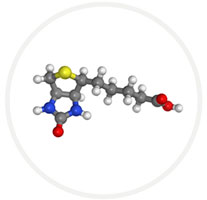 |
The name is similar to CoenzymeQ10. This one is called Coenzyme R.
Here’s why it is a Godsend: Remember your hair shaft? Well, it’s made of a special form of protein called Keratin.
And, according to Harvard University, Coenzyme R breaks down the food you eat, and converts it into exactly what your body needs to form Keratin. In other words, Coenzyme R turns your food into the BUILDING BLOCKS of thick, full, healthy hair.
Imagine…
…every time you take a bite of your favorite food, you’re automatically fueling your own internal hair-growth machine.
When you combine Coenzyme R with Quebrachol, you’ve got a natural hair restoration combination that is like nothing else.
From what studies have shown, it can start transforming your thinning scalp into full… thick… healthy hair… beginning in as little as 3 weeks.
If you are interested in learning more CLICK HERE and watch this short presentation>>>
RECENT ARTICLES:
"Detox Massage" erases pain in 20-Seconds
Unlocking the Path to Wight Loss and a Revved-Up Metabolism through Reflexology



